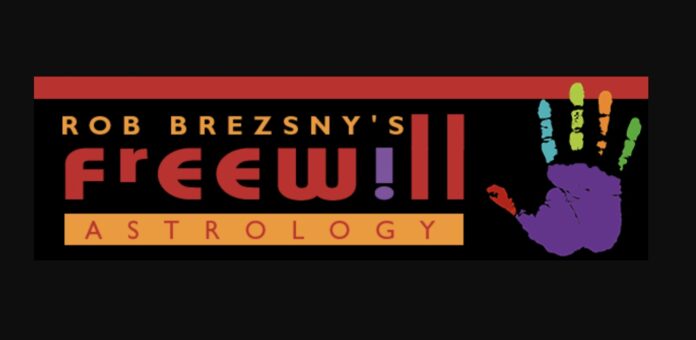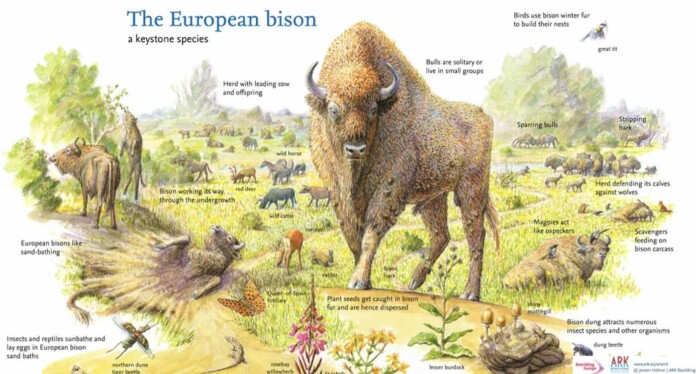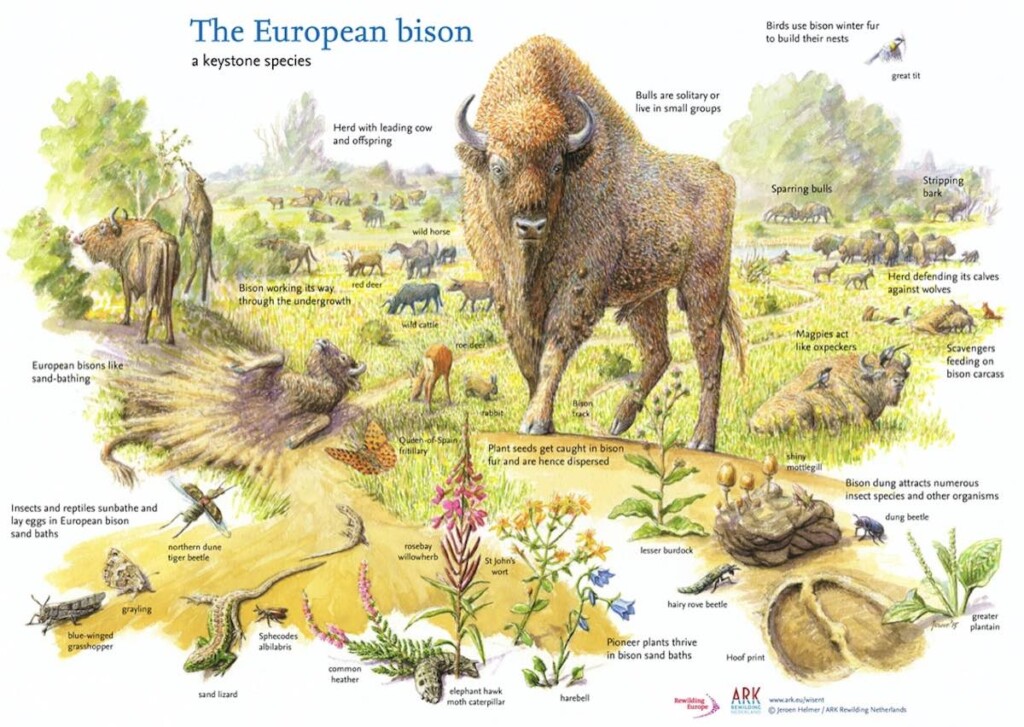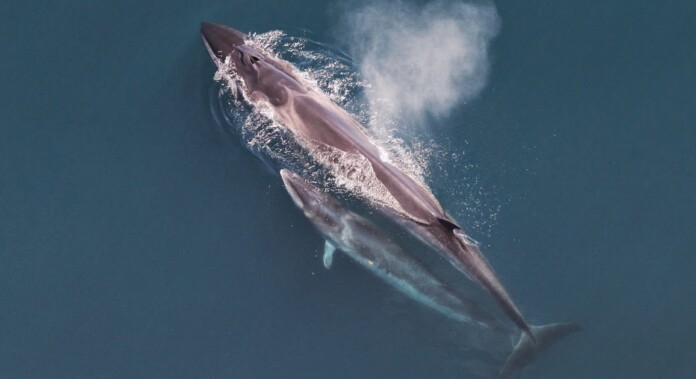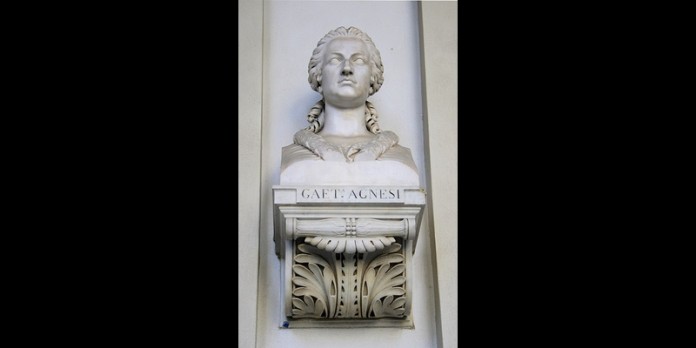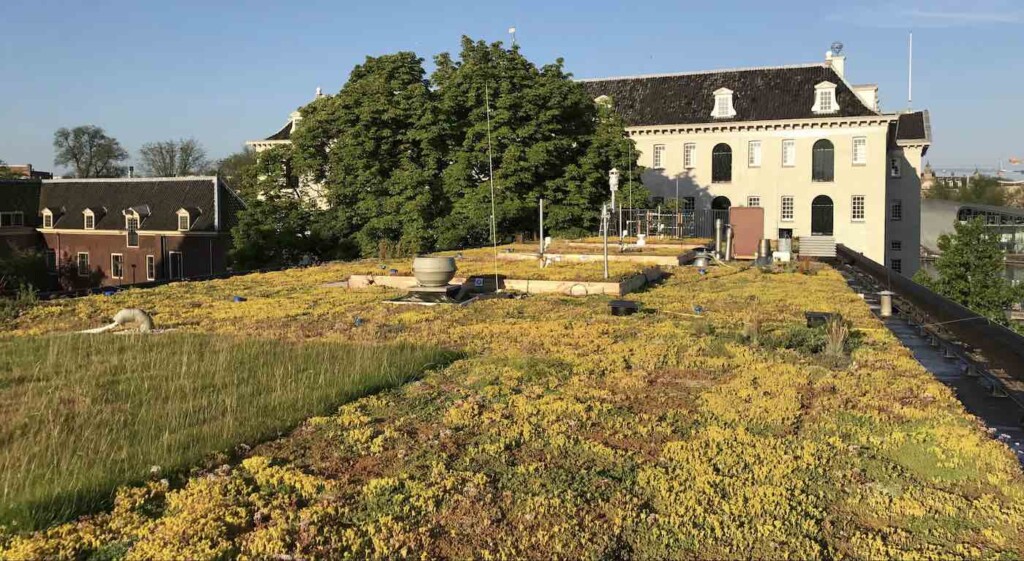Our partner Rob Brezsny, who has a new book out, Astrology Is Real: Revelations from My Life as an Oracle, provides his weekly wisdom to enlighten our thinking and motivate our mood. Rob’s Free Will Astrology, is a syndicated weekly column appearing in over a hundred publications. He is also the author of Pronoia Is the Antidote for Paranoia: How All of Creation Is Conspiring To Shower You with Blessings. (A free preview of the book is available here.)
Here is your weekly horoscope…
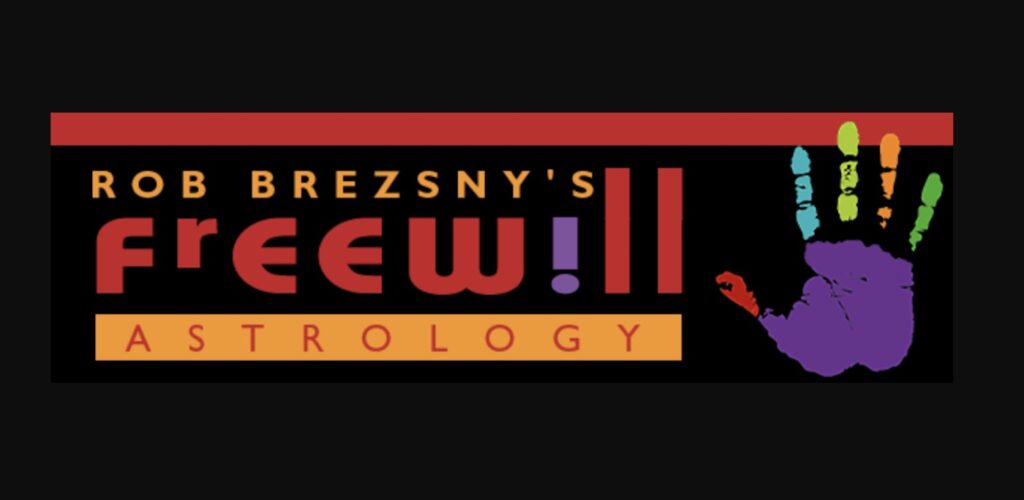
FREE WILL ASTROLOGY – Week of May 18, 2024
Copyright by Rob Brezsny, FreeWillAstrology.com

TAURUS (April 20-May 20):
Hypothetically, you could learn to give a stirring rendering of Beethoven’s Symphony No. 5 on a slide whistle. Or you could perform the “To be or not to be” soliloquy from Shakespeare’s Hamlet for an audience of pigeons that aren’t even paying attention. Theoretically, you could pour out your adoration to an unattainable celebrity or give a big tip to a waiter who provided mediocre service or do your finest singing at a karaoke bar with two people in the audience. But I hope you will offer your skills and gifts with more discernment and panache, Taurus—especially these days. Don’t offer yourself carelessly. Give your blessings only to people who deeply appreciate them.

GEMINI (May 21-June 20):
When I lived in San Francisco in 1995, thieves stole my Chevy Malibu. It was during the celebratory mayhem that swept the city following the local football team’s Super Bowl victory. Cops miraculously recovered my car, but it had been irrevocably damaged in one specific way: It could no longer drive in reverse. Since I couldn’t afford a new vehicle, I kept it for the next two years, carefully avoiding situations when I would need to go backward. It was a perfect metaphor for my life in those days. Now I’m suggesting you consider adopting it for yours. From what I can discern, there will be no turning around anytime soon. Don’t look back. Onward to the future!

CANCER (June 21-July 22):
Cancerian basketball coach Tara VanDerveer is in the Women’s Basketball Hall of Fame. She won more games than anyone else in the sport. Here’s one aspect of her approach to coaching. She says that the greatest players “have a screw loose”—and she regards that as a very good thing. I take her to mean that the superstars are eccentric, zealous, unruly, and daring. They don’t conform to normal theories about how to succeed. They have a wild originality and fanatical drive for excellence. If you might ever be interested in exploring the possible advantages of having a screw loose for the sake of your ambitions, the coming months will be one of the best times ever.

LEO (July 23-Aug. 22):
Am I one of your father figures, uncle figures, or brother figures? I hope so! I have worked hard to purge the toxic aspects of masculinity that I inherited from my culture. And I have diligently and gleefully cultivated the most beautiful aspects of masculinity. Plus, my feminist principles have been ripening and growing stronger for many years. With that as our background, I encourage you to spend the coming weeks upgrading your own relationship to the masculine archetype. I see this as an excellent time for you to take practical measures to get the very best male influences in your life.

VIRGO (Aug. 23-Sept. 22):
Now that your mind, your heart, and your world have opened wider than you imagined possible, try to anticipate how they might close down if you’re not always as bold and brave as you have been in recent months. Then sign a contract with yourself, promising that you will not permit your mind, your heart, and your world to shrink or narrow. If you proactively heal your fears before they break out, maybe they won’t break out. (PS: I will acknowledge that there may eventually be a bit of contraction you should allow to fully integrate the changes—but only a bit.)

LIBRA (Sept. 23-Oct. 22):
I would love you to cultivate connections with characters who can give you shimmery secrets and scintillating stories you need to hear. In my astrological opinion, you are in a phase when you require more fascination, amazement, and intrigue than usual. If love and sex are included in the exchange, so much the better—but they are not mandatory elements in your assignment. The main thing is this: For the sake of your mental, physical, and spiritual health, you must get your limitations dissolved, your understanding of reality enriched, and your vision of the future expanded.

SCORPIO (Oct. 23-Nov. 21):
Scorpio writer Andrew Solomon made a very Scorpionic comment when he wrote, “We all have our darkness, and the trick is making something exalted of it.” Of all the signs of the zodiac, you have the greatest potential to accomplish this heroic transmutation—and to do it with panache, artistry, and even tenderness. I trust you are ready for another few rounds of your mysterious specialty. The people in your life would benefit from it almost as much as you.

SAGITTARIUS (Nov. 22-Dec. 21):
Have you been nursing the hope that someday you will retrain your loved ones? That you will change them in ways that make them act more sensibly? That you will convince them to shed qualities you don’t like and keep just the good parts? If so, the coming weeks will be an excellent time to drop this fantasy. In its place, I advise you to go through whatever mental gymnastics are necessary as you come to accept and love them exactly as they are. If you can manage that, there will be a bonus development: You will be more inclined to accept and love yourself exactly as you are.

CAPRICORN (Dec. 22-Jan. 19):
I brazenly predict that in the next 11 months, you will get closer to doing your dream job than ever before. Because of your clear intentions, your diligent pragmatism, and the Fates’ grace, life will present you with good opportunities to earn money by doing what you love and providing an excellent service to your fellow creatures. But I’m not necessarily saying everything will unfold with perfection. And I am a bit afraid that you will fail to capitalize on your chances by being too insistent on perfection. Please assuage my doubts, Capricorn! Welcome imperfect but interesting progress.

AQUARIUS (Jan. 20-Feb. 18):
In his book Ambivalent Zen, Lawrence Shainberg mourns that even while meditating, his mind is always fleeing from the present moment—forever “lurching towards the future or clinging to the past.” I don’t agree that this is a terrible thing. In fact, it’s a consummately human characteristic. Why demonize and deride it? But I can also see the value of spending quality time in the here and now—enjoying each new unpredictable moment without compulsively referencing it to other times and places. I bring this up, Aquarius, because I believe that in the coming weeks, you can enjoy far more free time in the rich and resonant present than is normally possible for you. Make “BE HERE NOW” your gentle, relaxing battle cry.

PISCES (Feb. 19-March 20):
Two-thirds of us claim to have had a paranormal encounter. One-fourth say they can telepathically sense other people’s emotions. One-fifth have had conversations with the spirits of the dead. As you might guess, the percentage of Pisceans in each category is higher than all the rest of the zodiac signs. And I suspect that number will be even more elevated than usual in the coming weeks. I hope you love spooky fun and uncanny mysteries and semi-miraculous epiphanies! Here they come.

ARIES (March 21-April 19):
Polish-born author Joseph Conrad (1857–1924) didn’t begin to speak English until he was 21 years old. At 25, his writing in that language was still stiff and stilted. Yet during the next 40+ years, he employed his adopted language to write 19 novels, numerous short stories, and several other books. Today he is regarded as one of the greatest writers in the English language. You may not embark on an equally spectacular growth period in the coming months, Aries. But you do have extra power to begin mastering a skill or subject that could ultimately be crucial to your life story. Be inspired by Conrad’s magnificent accomplishments.
WANT MORE? Listen to Rob’s EXPANDED AUDIO HOROSCOPES, 4-5 minute meditations on the current state of your destiny — or subscribe to his unique daily text message service at: RealAstrology.com
(Zodiac images by Numerologysign.com, CC license)
SHARE The Wisdom With Friends Who Are Stars in Your Life on Social Media…




















